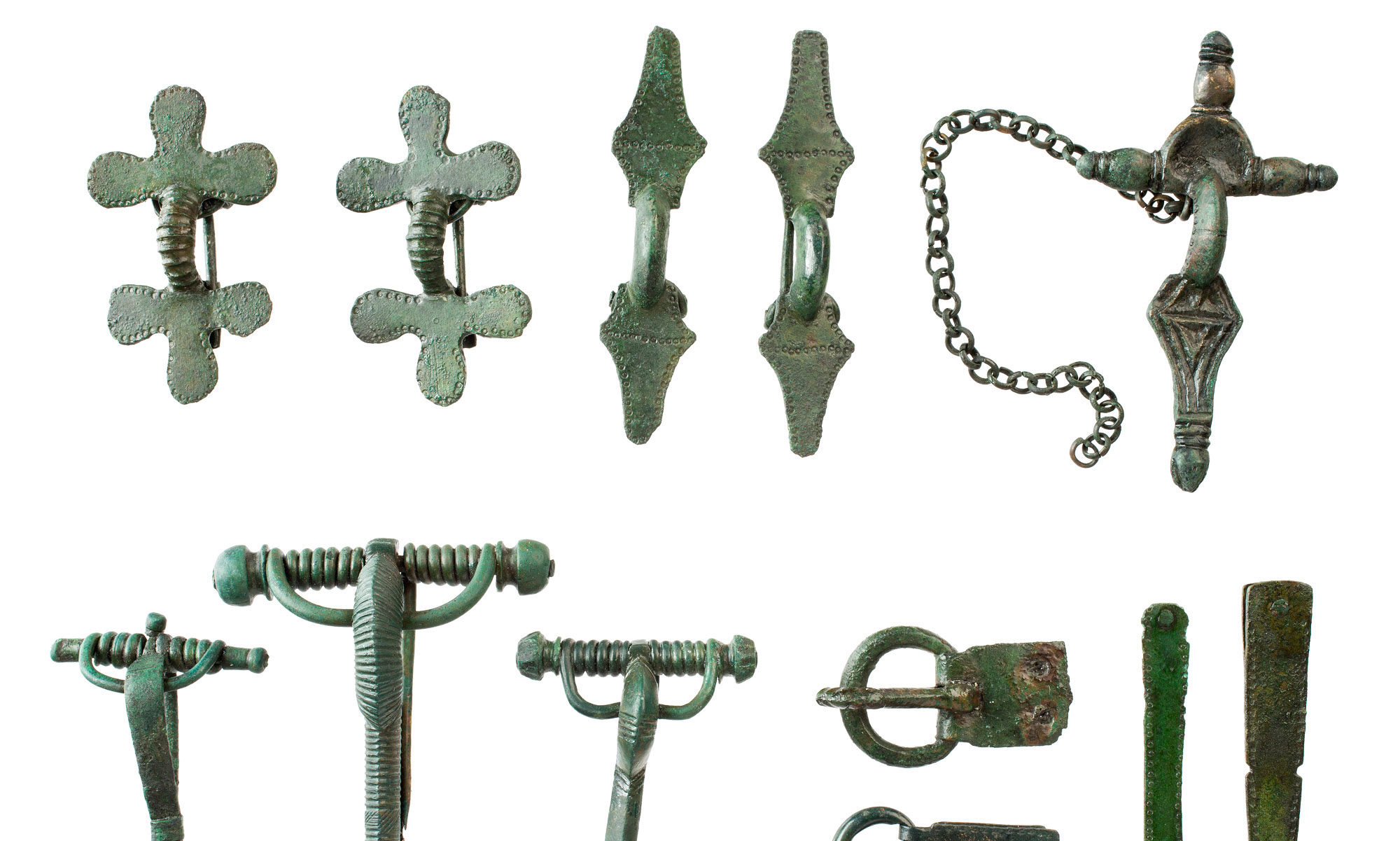Course Name: Outline of Prehistoric Archaeology
Course Type: lecture
Lecturer, time & place: see course schedule
The course is focused on cultural changes, especially in prehistoric Europe (from the Palaeolithic to the Middle Ages), but some issues concerning Africa, Asia and the Near East are also included. At the end of the course, students participate in a prehistoric exhibition tour at the State Archaeological Museum in Warsaw.
Syllabus:
- Introduction to problems of prehistoric archaeology (terminology, fundamentals of periodisation, chronological divisions).
- Technologies of processing, and typology, of stone and flint artefacts of the Palaeolithic, the Mesolithic and the Neolithic.
- The Lower and the Middle Palaeolithic. The earliest archaeological cultures of Africa and Europe; beginnings of settlement in the territory of Poland.
- The Upper and Late Palaeolithic. Main taxonomic units and the most important sites in Central Europe (e.g., Dolni Vestonice, the Maszycka Cave).
- The Upper and the Late Palaeolithic (burial rites, art, dwelling structures).
- The Mesolithic in Europe. Post-glacial climate and environmental changes, Mesolithic cultures in the territory of Poland.
- The Neolithic. Beginnings of productive economy in the Near East and in Europe. Presentation of the most important sites of the early Neolithic (e.g., Jericho, Nemrik, Çatalhöyük, Argissa, Sesklo, Lepensky Vir).
- The Early Neolithic Period. Origins of the Western Linear Pottery Circle and the beginnings of Neolithisation of territories to the north of the Carpathia and the Sudety Mountains (the Linear Pottery Culture, the Stroked Pottery Culture).
- The Middle Neolithic Period. The Lengyel-Polgar Complex, the Funnel Beaker Culture, the Globular Amphora Culture: general cultural characteristics, economic basis, dwelling structures, flint mining (Krzemionki Opatowskie).
- The Late Neolithic Period. The Corded Ware Culture, the Bell Beaker Culture: origins, extent, main types of finds.
- Megaliths and Megalithism in Europe. Typology and chronology of main megalithic structures (a detailed discussion on the Stonehenge complex).
- Ways of food gathering in the European continent. Husbandry and its development, types of agriculture, tools and techniques of land cultivation.
- The Bronze Age in Europe. Main chronological systems of the Bronze Age, geography of deposits of copper, tin and other components of bronze alloy, manufacturing techniques of bronze artefacts.
- The Early Bronze Age civilisation in Central Europe. Origins, extent, main taxonomic units, the Únětice Culture, the Otomani Culture, main types of pottery and metal finds.
- The Circle of the Tumulus Cultures. The Pre-Lusatian Culture and the Trzciniec-Komarów-Sośnica Cultural Complex.
- Urnfield Cultures. Origins and development of the Lusatian Culture to the end of the Bronze Age.
- Beginnings of the Iron Age in Southern, Central and Northern Europe (chronological perspective). The earliest finds of iron artefacts in Europe, beginnings of metallurgy of iron in Central and Eastern Europe.
- The Hallstatt Culture. Extent, territorial differences, the cemetery and the salt mine in Hallstatt, contacts with the Greeks, the Etruscans and the Scythians.
- The Lusatian Culture in the Early Iron Age. Hallstatt influences, urbanisation processes – stronghold construction – Biskupin.
- Archaeology of the Scythians. The Scythians of Herodotus.
- The Pomeranian-Bell Grave Culture Circle and the West Balt Culture Circle.
- The Celts and the La Tène Culture. The La Tène style and the process of Latènisation.
- The Late Pre-Roman Period. The Przeworsk Culture and the Oksywie Culture.
- The Roman Period. Main taxonomic units and their characteristics. The Holy Cross Mountains’ and the Masovian centres of ancient iron metallurgy.
- Barbaricum in the light of written sources (with particular stress on the territory of Poland).
- The Migration Period in Europe.
- The Early Middle Ages. Original homeland of the Slavs in the light of archaeological sources. Directions and chronology of the Slavonic expansion. Beginnings of the Slavonic settlement in the basin of the River Wisła.
- The Late Middle Ages. Main problems of late medieval archaeology.
Selected Reading:
Filip, J., Celtic Civilisation and Its Heritage, 2nd revised edition, Praha, 1976.
Kruk, J., Milisauskas, S., Neolithic economy in Central Europe, Journal of World Prehistory 3, 1989.
The Oxford Illustrated Prehistory of Europe, B. Cunliffe (ed.), Oxford-New York, 1994.
The Past Societies. Polish Lands from the First Evidence of Human Presence to the Early Middle Ages, vol. 1-5, P. Urbańczyk (ed.), Warszawa 2016.
Ancient sources:
Herodotus, The Histories: Book 4, accessible online:
Herodotus in the Internet Archive
Herodotus on the Perseus website
Tacitus, Germany [Germania], accessible online:

